Technical SEO | What are the technical requirements for SEO
Technical SEO deals with the technical requirements needed to be fulfilled for better rankings. In technical search engine optimization techniques, we try to address the following issues related to any website:
- Security of the website.
- Crawling & Indexing of the website
- Linking and traversing
- Setting up Analytics of the website
- Accessibility and User Interface
Pre-requisites to get started with technical SEO
- A website consists of one or more webpages designed and developed by anyone. It may consist of texts, images, videos, audio links. A professional coder always prefers to code for a website. But not everyone is a coder, so for the people which non-technical background, we have something known as CMS i.e. Content Management System. CMS enables the end-users to make websites without code or with minimal code. WordPress is one such example, also it is the most popular CMS.
- Now along with a website, we need two more things, if we wish to have our website on the internet. Domain and Hosting.
- Domain: The name of a website like computerservicesolutions.in. You need to purchase this name from companies like BigRock, GoDaddy, etc.
- Hosting: To understand hosting, let’s understand how the internet works. So whenever we wish to find something on the internet, we type on our search engine. The search engine acts as a matchmaker, it connects us with a computer which holds the information we require. Remember, this computer is connected to the network of networks, known as the internet. Also, the computer is working 24×7 i.e. is never turned off.
Similar in our case, for websites, we need to upload our website to such computers across the world. We have two different types of hosting conventionally.
Note: Remember always, the computer requesting some information, known as client.
The system fulfilling any requests, known as a server
Types of Hosting
- Shared: We host our websites on a server that hosts more than one website. All the resources are shared among the websites. It sometimes increases the request fulfillment time. Shared hosting is economical and costs around ₹4000-₹5000 per year.
- Dedicated hosting: A bit expensive than shared hosting, A hosting in which a server hosts only one website. All the resources are allotted to only one website, which makes it fast. Due to this, the request fulfillment time is very low.
- In today’s world, we have a new type of hosting called cloud hosting. In cloud hosting, multiple servers interconnected together host a website. It is expensive, fast, and secure.
- Now once we have all these things available and connected, we are ready to go. Remember, at first you need to upload your website and database files to a hosting server. And connect your domain to the website. Now if you purchased hosting and domain together from the same vendor, it’s automatically connected. But if not, you can connect them by redirecting the domain name server locations to your hosting servers by simply adding the server IPs to nameserver in the DNS settings.
So, let’s start with our technical SEO.
Security of the website
When we say security of the website for SEO, we talk about the term encryption, confidentiality, and SSL. Although there are many security issues but for SEO they are not relevant to this subject.
- Encryption: To prevent unauthorized access, Data traveling between the sender and receiver i.e. client and server, the message gets converted into code using some keys, known as private or public keys.
- Confidentiality: Confidentiality is directly related to the privacy of the data. The aim is to keep the communication confidential so that no outsider or unauthorized person can use it for any unfair practice.
- SSL: SSL, Secure Socket Layer certificates are very important for technical SEO, To implement encryption to meet confidentiality, we need to deploy SSL on our website. The SSL aims to fulfill the purpose of secure communication over a network and to meet confidentiality. You might have seen a lock and green signal on the navigation bar of websites like Facebook. The green lock ensures that website equipped with SSL. So the security deals with the deployment of SSL on a website.
Steps to do this
- If you have enough money to spend, you can buy SSL from your hosting service provider. It is the most simple way, you just need to toggle the SSL button after you have purchased. You can also buy SSL from your domain registrar. But then you need to install it on your server.
- If you don’t want to spend money, you can still get SSL for free. An organization named Let’s Encrypt provides free SSL.
- Remember this: If you are using WordPress, with any plugin or manually, you need to renew it every 90 days. Pro features can do it automatically but it requires a pro license for plugins. AWS can do it automatically.
- The first step to manually install SSL to your server is to generate 3 certificate files. For WordPress, you can use a plugin named. It will automatically generate files from let’s encrypt.
- In case, you want to do it without WordPress, here are the steps.
- Go to zerossl.com
- Enter your domain.
- Verify your domain using any given method. You just need to copy a text in a new file and upload it in the root directory of your server.
- A certificate will be generated after verification. With 3 files (crt, key, cabundle).
- Login to the Cpanel of your hosting and go to SSL.
- Choose a custom SSL and paste the text written in those three files here.
- Click install and activate it after a successful installation
Remember: Force https is a good practice for technical SEO. You can do it directly from your Cpanel if it enables you to do it. Or can set up rules to force https in a file and upload it in the root directory of your server.
Rules
RewriteEngine On
RewriteCond %{HTTPS} off
RewriteRule ^(.*)$ https://%{HTTP_HOST}%{REQUEST_URI} [L,R=301]

It requires you to create a file named .htaccess. There might be a 100% possibility that the .htaccess file exists in your server but hidden. You can edit that as well. And that’s it, we deployed SSL successfully.
Crawling & Indexing of the website
To ensure Crawling and Indexing of a website on google search engine, we need to submit our website to google webmaster. The webmaster is now known as Google search console. To do so, follow these steps:
- Go to google search console.
- Login using Google account.
- Click on add property.
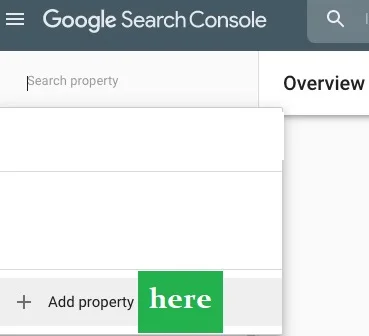
You will see two methods, add using domain or URL. Choose any method to add property. I recommend using the URL method.
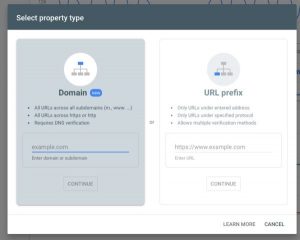
Type the URL. Remember, we have deployed SSL. So use https://<website_name>
Now You need to verify the ownership of your website.
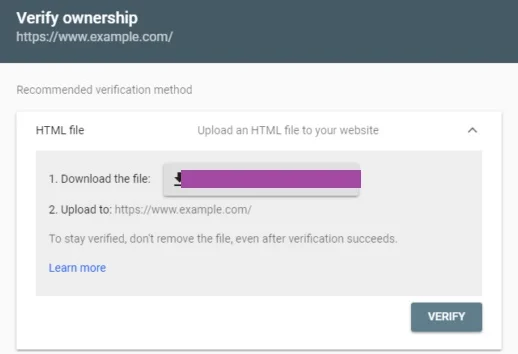
You can do this via any given method, I recommend using the HTML verification file method, You just need to upload an HTML file to a root directory of the website. You can also use the Tag verification method in which you just need to place a tag in the head of your index file.
Once you verify the website domain, Submission completed. Google will automatically crawl and index it if there is no error.
Linking and traversing of website
The process deals with creating a sitemap & robots.txt file and submitting it to the search console. You can use automatic sitemap creators available on google. For WordPress I recommend going with the plugin named Google XML sitemaps. Once a sitemap is created. Follow these steps:

- Go to search console and login to your property dashboard
- Click on sitemaps in the sidebar
- Now enter the url of your sitemap and submit.
- Google will crawl automatically.
Robots.txt
- Identify the directories you don’t want google to crawl.
- Type on google for robot.txt generator.
- Generate on any tool by submitting your URL.
- Now download and edit the file in such a way that it allows only required directories to be allowed to crawl.

- Give your robot.txt file a link to your sitemap as well.
- Now after saving the file, Upload on your website root directory.
- Type robot.txt on google search console and go to old search console. You can submit your robot.txt file or directly fetch from the root directory by typing the URL of the robot file and test it.
- To know more about what are sitemaps and robot.txt files, Click here
Setting up analytics
Google Analytics is itself a complete topic so instead of discussing it in a blog we are just focusing on the steps to setup.
Steps are as follows:
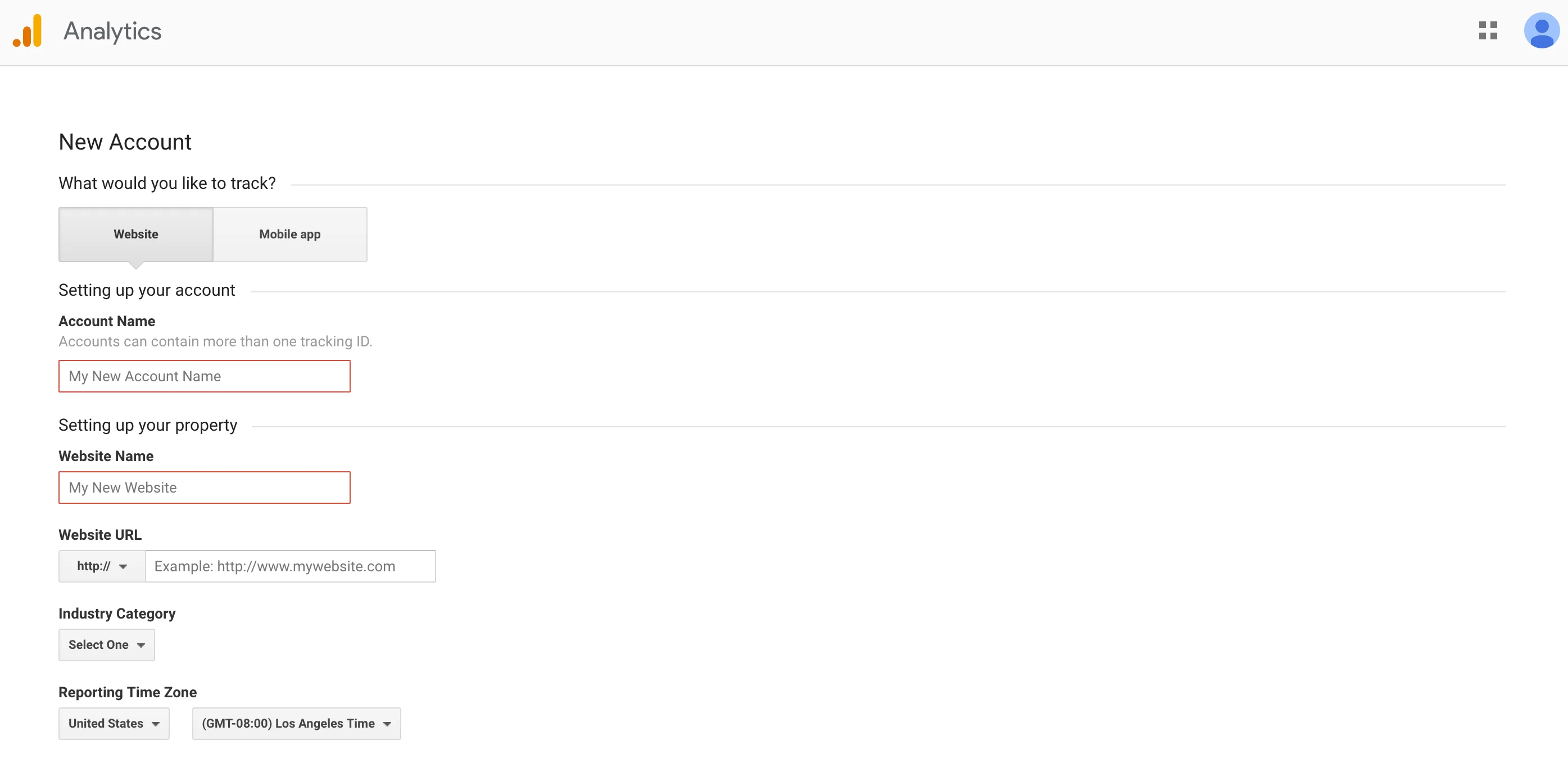
- Go to google analytics and click on add property.
- Type your details like website address and select the category of your website.

- Submit and you will get the tracking code, put this to the head section of your index file.
Accessibility and user experience for Technical SEO
Accessibility and user experience deals with the experience of a user which depend on various factors:
- Fast loading time of website. Typically the websites should load in 2 to 5 seconds.
- All locations must be accessible i.e. proper navigation mechanism for a website.
- A good color scheme with only 2-3 colors.
- Interactive pages.
- Call to actions should be placed on idea locations. Etc.
43 thoughts on “Technical SEO | What are the technical requirements for SEO”
You must be logged in to post a comment.
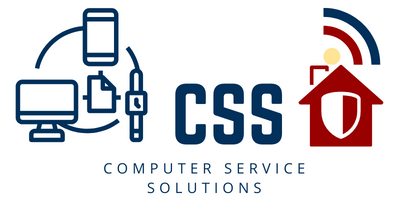

1appliance
2egyptian
coursework paper https://brainycoursework.com/
coursework only degree https://brainycoursework.com/
data analysis coursework https://courseworkninja.com/
coursework writing service https://courseworkninja.com/
coursework marking https://writingacoursework.com/
help with coursework https://writingacoursework.com/
do my coursework online https://mycourseworkhelp.net/
coursework uk https://courseworkdownloads.com/
coursework planner https://courseworkdownloads.com/
coursework in english https://courseworkinfotest.com/
coursework plagiarism checker https://courseworkinfotest.com/
coursework online https://coursework-expert.com/
coursework service https://teachingcoursework.com/
coursework writing services https://buycoursework.org/
coursework research https://buycoursework.org/
coursework writing help https://courseworkdomau.com/
coursework writer uk https://courseworkdomau.com/
dateing site https://freewebdating.net/
christiandatingforfree search https://freewebdating.net/
free dating ads https://jewish-dating-online.net/
local dating site https://jewish-dating-online.net/
free dating sites online https://jewish-dating-online.net/
singles site https://jewish-dating-online.net/
meet me dating site https://free-dating-sites-free-personals.com/
dating sites really free https://free-dating-sites-free-personals.com/
singles near me https://sexanddatingonline.com/
online datings https://sexanddatingonline.com/
1 dating sites https://onlinedatingsurvey.com/
tinder dating site free search https://onlinedatingsurvey.com/
searchingforsingles https://onlinedatingsuccessguide.com/
best dating https://onlinedatingsuccessguide.com/
dafing sites https://onlinedatinghunks.com/
dates websites https://onlinedatinghunks.com/
100% free dating sites no fees https://datingwebsiteshopper.com/
sex dating site https://datingwebsiteshopper.com/
date sites https://allaboutdatingsites.com/
free meeting online https://allaboutdatingsites.com/
gay internet dating https://freedatinglive.com/
eu mature https://freedatinglive.com/
singles to meet https://freewebdating.net/
[…] Learn more about Technical SEO here […]